Affordable Printer Lease Services
Printer leasing services provide businesses with a cost-effective way to access the latest office technology without the high upfront investment required to purchase equipment outright. In this guide, we will explore printer leasing, the various leasing options available, the cost benefits of leasing versus buying, and practical advice on choosing the right equipment for your business.
What is Printer Leasing? Understanding the Basics
Definition and Overview of Printer Leasing
Printer leasing is a contractual agreement where businesses rent office equipment—such as printers, copy machines, and office copiers—from a leasing company for a specified period. Instead of purchasing the equipment outright, companies make predictable monthly lease payments, allowing them to conserve capital while still accessing top-tier office solutions. This leasing model is popular among businesses of all sizes, especially small and growing enterprises, as it provides flexibility, financial benefits, and access to modern office technology without the burden of ownership. Whether a business requires a printer rental or is leasing a copier, this approach ensures efficient use of resources while supporting business operations.
In many cases, managed print services are included within the leasing agreement. These services handle everything from maintenance and repairs to optimizing printing efficiency, which ensures businesses don’t have to worry about downtime or equipment issues. Additionally, printer rental services often offer copier lease options to further streamline office workflows, providing businesses with access to the latest technology without the risks associated with buying.
Printer Leasing vs. Renting: Key Differences
Although printer leasing and renting may seem similar, they have key differences in terms of duration and flexibility. Leasing a copier or printer typically involves longer terms, ranging from 12 to 60 months, making it the ideal solution for businesses with consistent, ongoing print needs. In contrast, a printer rental is often for shorter durations and may be more suitable for businesses with temporary requirements. While renting offers immediate access to equipment, it is generally more expensive over time and doesn’t provide the same financial advantages as leasing.
One of the significant differences between leasing and renting lies in the additional benefits. A copier lease agreement typically includes services like managed print, maintenance, and repair, ensuring that the equipment remains functional throughout the lease period. Rentals, on the other hand, may not offer these comprehensive services, leading to additional costs for maintenance or repairs. Leasing, therefore, not only provides access to the printer rental services but also ensures that businesses are supported throughout the term with optimized and maintained printing infrastructure.
Why Businesses Opt for Leasing Over Buying
Leasing a copier or printer is often more advantageous for businesses than purchasing due to the cost savings and flexibility it offers. Buying office copiers or printers outright requires a substantial upfront investment, which can strain capital, particularly for small businesses or startups. Leasing distributes the costs over time, making it easier for companies to manage their cash flow and budget effectively. Furthermore, leasing allows businesses to stay up-to-date with the latest office solutions and technology without committing to ownership.
With copier lease options available, businesses can regularly upgrade their equipment as their needs evolve, ensuring that they never have to work with outdated or inefficient machines. Leasing offers the flexibility to scale, providing businesses with print solutions that align with their current needs. Additionally, leasing a copier often includes a copier lease agreement that bundles maintenance services, which further reduces operational expenses by ensuring the leased equipment is always in top condition.
The Cost-Effectiveness of Printer Leasing: A Smart Financial Move
Upfront Costs vs. Monthly Lease Payments
Leasing a printer or copier eliminates the need for a large upfront investment. Instead, businesses pay a fixed monthly fee for the duration of the lease. These monthly payments are generally lower than the cost of outright purchasing equipment, helping to ease cash flow constraints, especially for small businesses. This setup is particularly beneficial for startups or growing companies that need to keep overheads low while still acquiring reliable office technology.
Long-Term Savings Through Maintenance and Support
Most printer leasing agreements include maintenance and repair services, which can result in significant long-term savings. Without leasing, businesses would need to hire external repair technicians or replace malfunctioning equipment. By including maintenance in the lease, companies can avoid these costs and ensure their office technology remains in peak condition.
The Flexibility of Upgrading Office Equipment
Leasing provides the flexibility to upgrade equipment at the end of the lease term, allowing businesses to take advantage of newer, more efficient printers and copiers. This ability to upgrade ensures that companies always have the latest office technology without the financial burden of purchasing new equipment every few years. By the time a lease ends, businesses can simply sign a new agreement to obtain newer models, ensuring they stay competitive in a fast-paced business environment.
Choosing the Right Printer or Copier for Your Business Needs
Assessing Your Print Volume and Office Requirements
The first step in choosing the right printer or copier is to assess your business’s print volume and specific document needs. If your office prints high volumes of documents daily, you’ll need a printer or copier that can handle the workload efficiently. For smaller offices or home offices, a more compact, cost-effective model may suffice. Understanding your print needs helps ensure that the equipment you lease meets your business requirements without overpaying for unnecessary features.
Black-and-White vs. Color Printers: Which is Right for You?
Another key consideration is whether you need a black-and-white or color printer. Black-and-white printers are generally less expensive to lease and maintain, making them ideal for businesses that primarily print text documents. On the other hand, companies that require high-quality color prints for presentations or marketing materials may benefit from leasing a color printer. Balancing your print volume and the types of documents you produce will help guide this decision.
Printer Lease Agreements: What to Look For
Before signing a lease agreement, it’s crucial to understand the terms and conditions. A typical printer lease agreement includes the lease term (how long you’ll be renting the equipment), monthly payment amounts, and details regarding maintenance and support services. Reviewing the agreement thoroughly ensures that you understand what’s covered and helps you avoid unexpected costs down the line.
Types of Leasing Options Available for Printers and Copiers
Short-Term vs. Long-Term Lease Agreements
Businesses can choose between short-term and long-term lease agreements based on their needs. Short-term leases are ideal for companies that require equipment for a limited time, such as during a project or temporary expansion. These leases typically last 12 to 24 months and provide greater flexibility. Long-term leases, often lasting 36 to 60 months, are more suitable for businesses that need stable, long-term access to office equipment. Longer leases usually come with lower monthly payments, making them cost-effective for businesses looking to minimize operational costs.
Flexible Leasing Options for Office Technology
Flexible copier leases allow businesses to upgrade their equipment during the lease term, ensuring they always have access to the latest technology. This is especially beneficial for companies in industries where the pace of technological change is fast, such as marketing, law, and education. Businesses can also choose to lease multifunction printers, which offer copying, scanning, and printing capabilities in one machine, streamlining office workflows.
Copier Rental vs. Leasing: Understanding the Best Fit
While leasing is more common for long-term needs, some businesses might consider renting copiers for short-term projects or one-off requirements. Copier rental services provide access to equipment for shorter durations, but the overall cost may be higher than leasing in the long run. Leasing is the better option if you anticipate needing the equipment for an extended period, as it provides more predictable costs and usually includes maintenance.
Managing Your Printer Lease: Ensuring Optimal Performance
Maintenance and Support Services Included in Lease Agreements
Most printer and copier leases include comprehensive maintenance and support services. This ensures that businesses don’t need to worry about the costs of repairing equipment should it malfunction. Leasing companies offer routine maintenance, part replacement, and troubleshooting assistance to minimize downtime and keep operations running smoothly. In some cases, leasing agreements may even cover consumables like toner and paper.
Monitoring Print Usage to Optimize Lease Value
Businesses can maximize the value of their lease by monitoring print usage. Tracking how much your company prints each month can help ensure that the equipment you’ve leased is suitable for your needs. If your print volume decreases significantly, you may need to reassess your lease agreement and consider leasing a smaller, more cost-effective machine at the end of the lease term.
Lease Payment Structures: Managing Costs Effectively
Understanding Monthly Lease Payments
Printer lease agreements typically require fixed monthly payments, allowing businesses to plan their budgets effectively. These payments cover the cost of using the equipment over the lease term, as well as any maintenance and support services. Businesses can negotiate lease payment structures based on their budget, choosing between higher upfront payments and lower monthly payments or spreading the cost over the full lease term.
Hidden Costs and How to Avoid Them
While most lease agreements are straightforward, it’s essential to be aware of any potential hidden costs. For example, some agreements may include early termination fees if you decide to end the lease before the contract period is over. Additionally, businesses should check if there are extra charges for exceeding a set print volume or using additional features. Understanding these potential costs helps avoid surprises later on.
What Happens at the End of the Lease Term?
Renewing, Upgrading, or Returning Equipment
At the end of a printer lease term, businesses typically have three options: renew the lease, upgrade to new equipment, or return the leased equipment. Renewing the lease allows you to continue using the same equipment, which is ideal if it’s still meeting your needs. Upgrading ensures you have access to the latest technology, while returning the equipment is suitable for businesses that no longer require leased printers or copiers.
Evaluating the Total Cost of Leasing at the End of the Lease
Before deciding whether to renew, upgrade, or return equipment, businesses should evaluate the total cost of leasing over the entire term. This includes reviewing monthly payments, maintenance expenses, and any additional costs incurred. Weighing the overall costs against the benefits of upgrading or continuing with existing equipment helps businesses make informed decisions.
FAQs
Printer leasing services offer leasing solutions for every business, providing cost savings and access to the latest technology without upfront costs. Lease payments are often spread over time, making it easier to manage budgets. When deciding whether to lease or buy, consider the cost-effective printer options available and the equipment to meet your needs.
For businesses acquiring a copier, an office copier lease can include copier repair and upgrades. It’s important to evaluate the type of copier and cons of leasing, such as long-term costs, against the benefits. Leasing and buying both offer a wide range of advantages, so reviewing the cons of each option helps you find the right solution for your business. This flexibility ensures your business thrives with efficient tools.




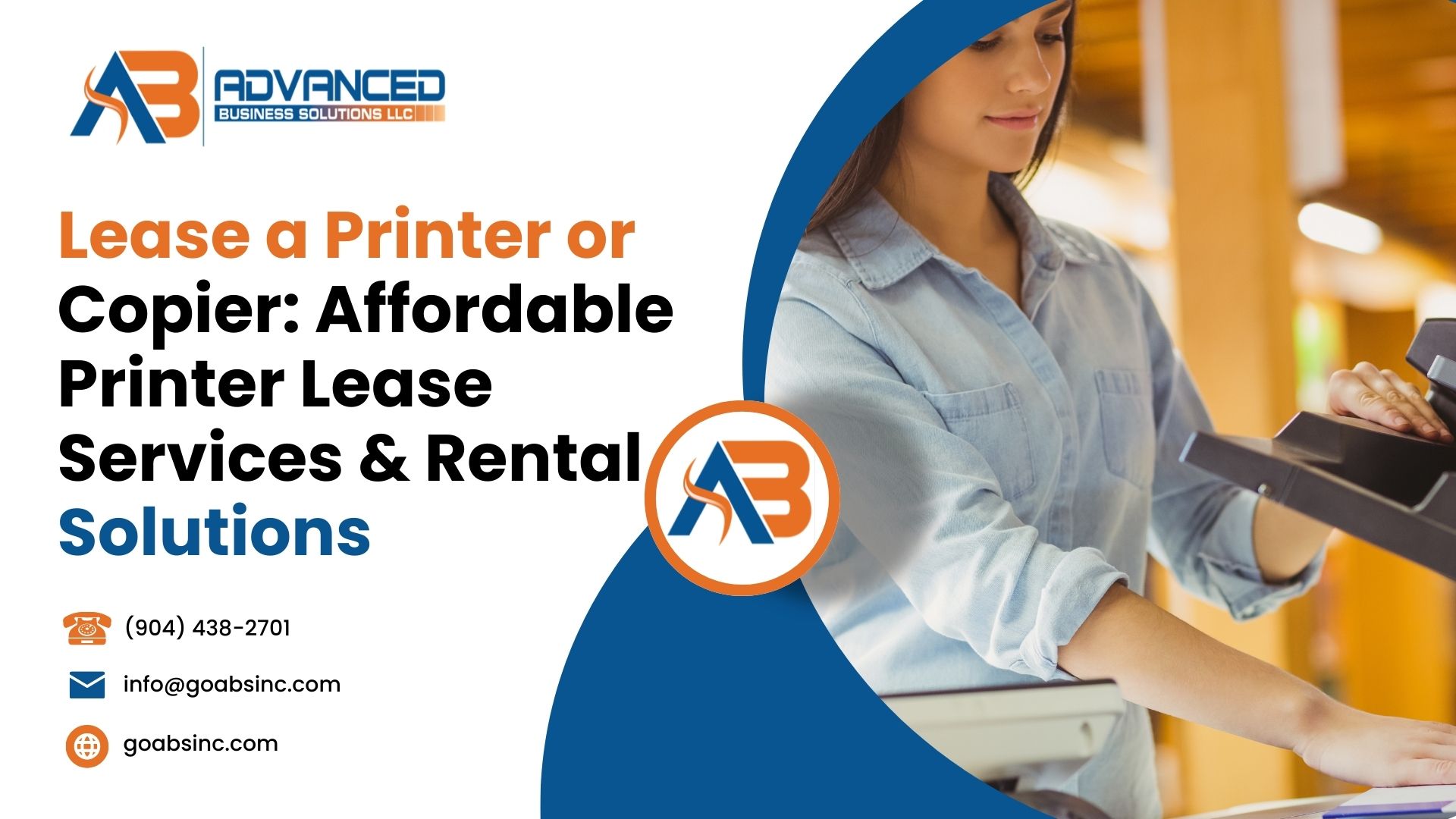

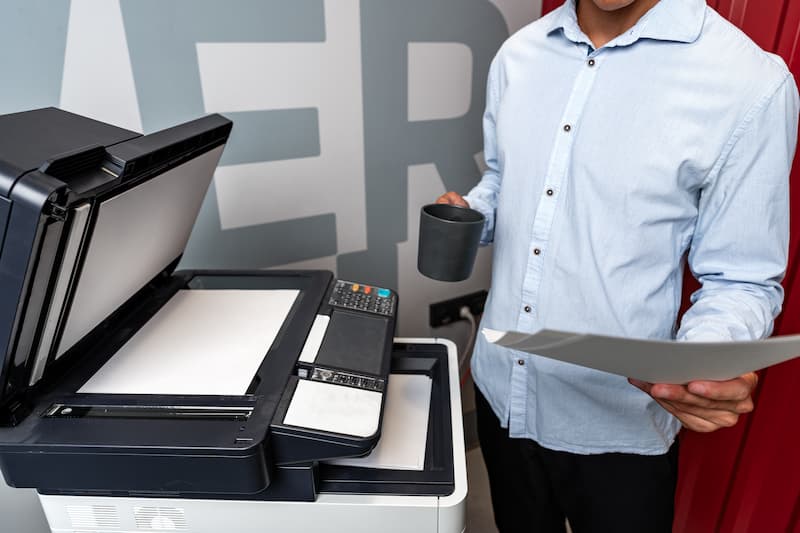
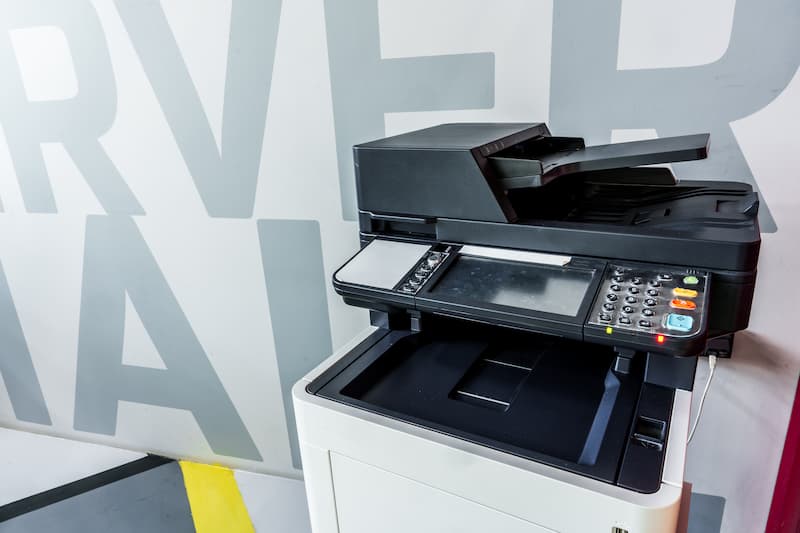
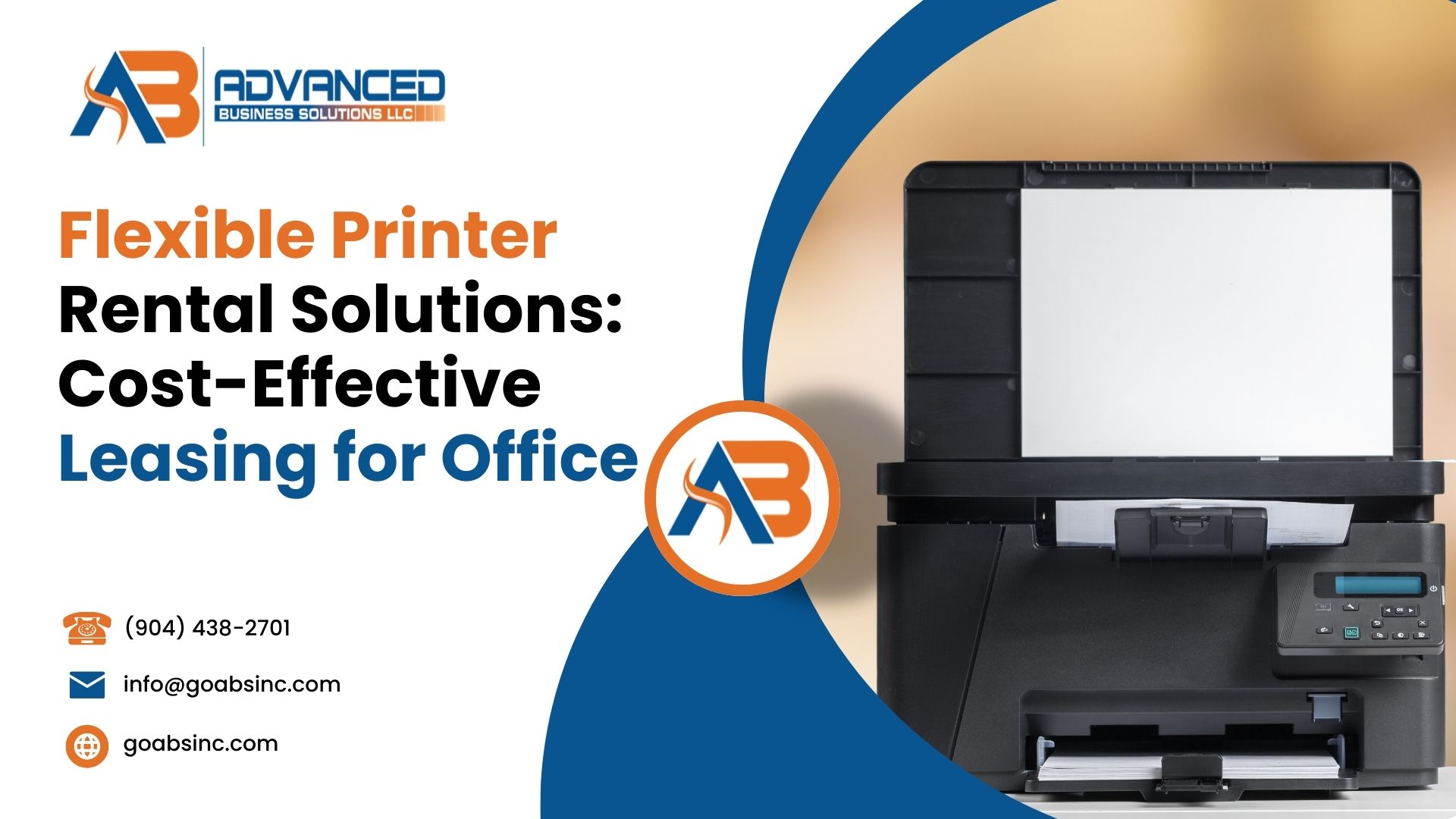
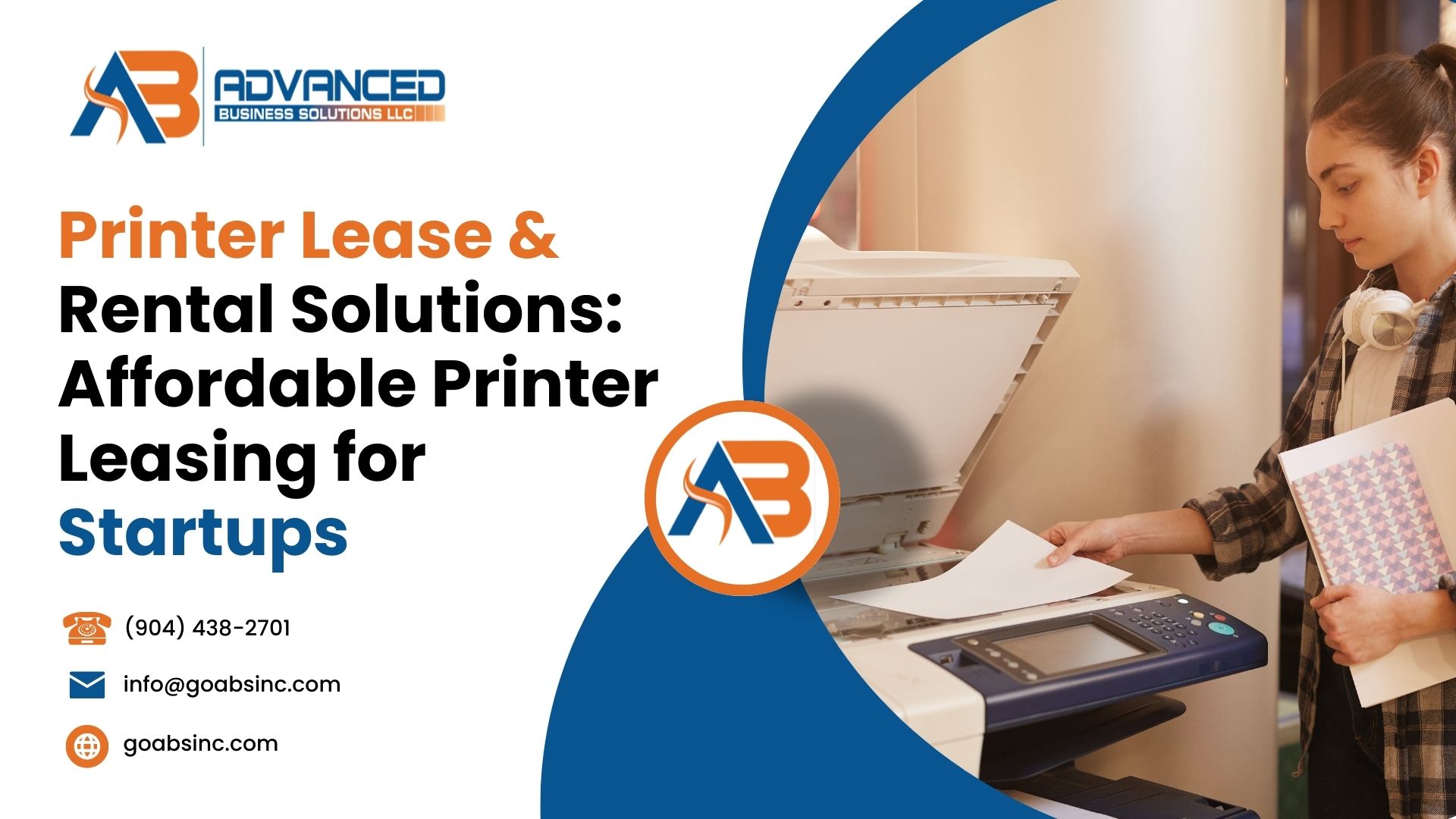
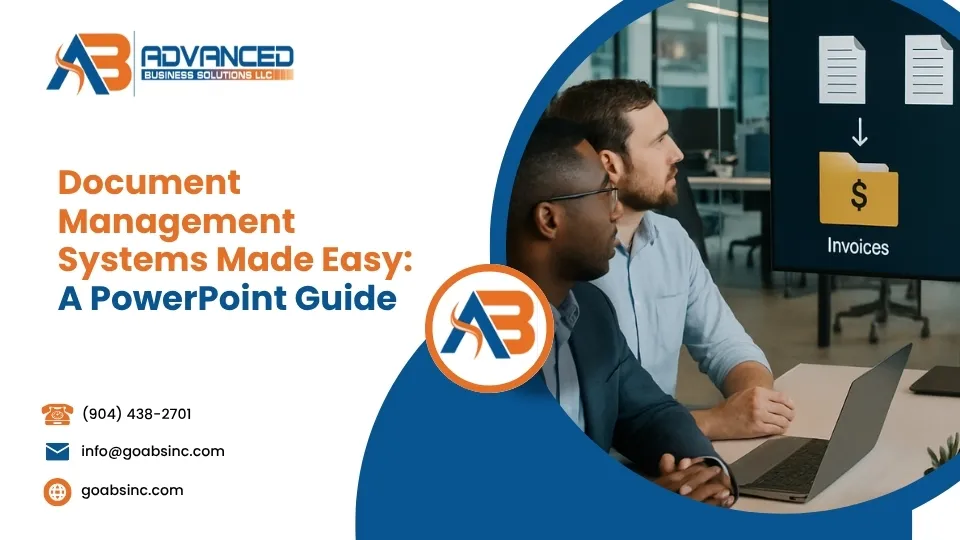

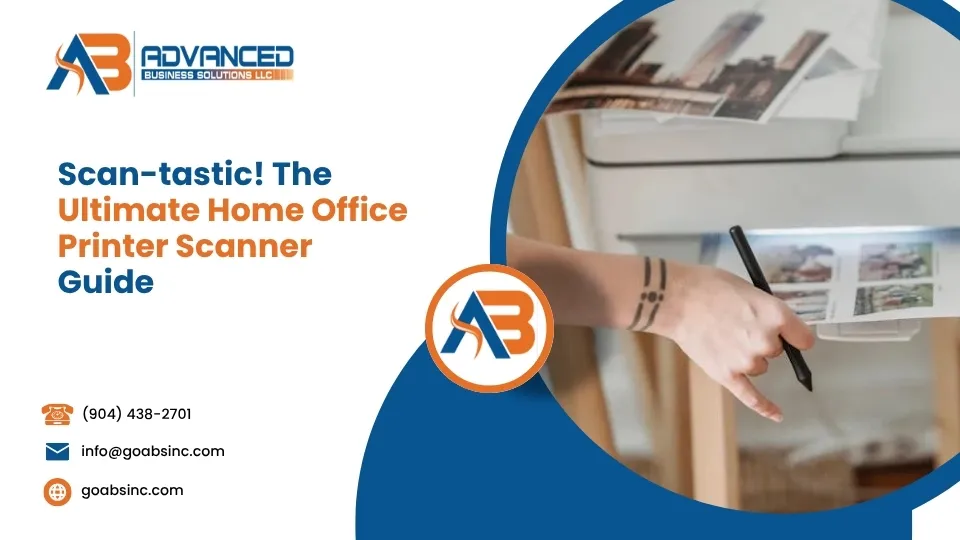
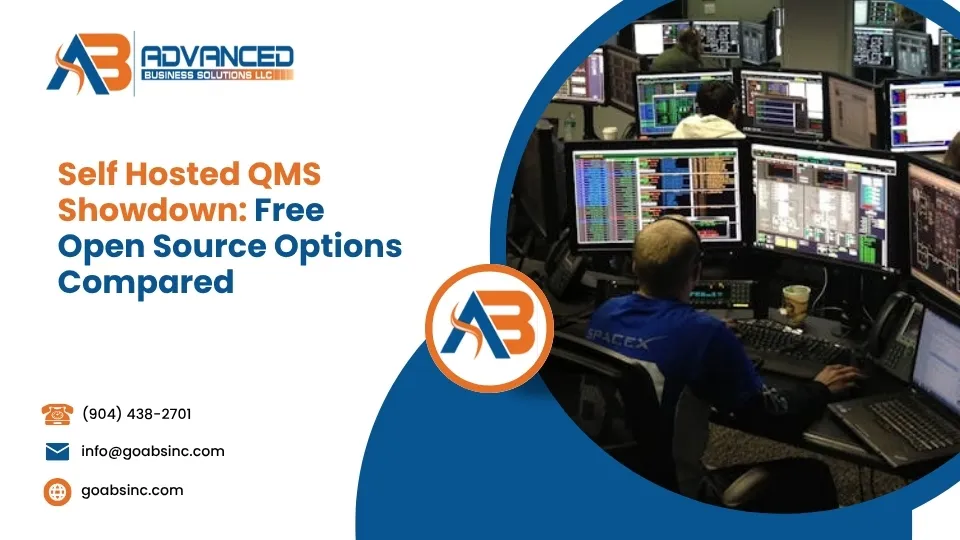
Comments are closed